This is part of Reason‘s 2025 summer travel issue. Click here to read the rest of the issue.
I joined my first frequent flyer program—American AAdvantage—before a trip to Australia in 1991. Sadly, I let those miles expire. Five years later I was out of college, flying regularly for work, and reading all the materials airlines used to send in the mail. Poring over the terms and conditions, I saw where I could earn 5,000 MileagePlus miles for buying four sodas in four different restaurants. I picked up 40,000 British Airways miles for getting someone at a Jaguar dealership to fill out a form saying my family and I had test driven a car. I went to a Bosley hair loss consultation for 10,000 Delta SkyMiles (I had a lot more hair back then). I bought Emmi cheese and enough magazine subscriptions to fly on the Concorde.
Growing up, I used to fly back and forth between my home in New York and where my dad lived in California. I would look at the first-class cabin longingly, thinking I would never be able to afford to sit there (and that I couldn’t fathom spending so much even if I had the means). Yet by earning as many miles as possible and being strategic deploying them, I’ve flown all around the world in business and first class many times over, enough times to have my favorite airports and lounges.
My favorite world airport is Singapore’s Changi Airport, for its food, butterfly garden, and the world’s largest indoor waterfall. In the United States, it’s Ronald Reagan Washington National Airport, especially for its location. It’s reasonably easy to get to, get through, and get out of—it does the thing that an airport is supposed to do, which is help you get somewhere quickly. It also has my favorite lounge in the country, Capital One Landing, which is basically a José Andrés tapas restaurant rather than a traditional lounge. While the best lounge in the world is certainly Air France’s La Première lounge in Paris (the Alain Ducasse restaurant, spa, and car transfers across the tarmac between lounge and plane are amazing), my favorite is the Qatar Airways Al Safwa First Class Lounge in Doha, for its minimalist luxury, 30–40 foot ceilings, and the inspiration it draws from the nearby Museum of Islamic Art. It even showcases pieces on loan from the museum.
But even the best airports and lounges are merely waypoints to the real destination. By my count, I’ve traveled to a majority of the world’s countries (including some like the Maldives half a dozen times and Australia perhaps 20 times)—much of it made possible by airline miles.
You couldn’t have frequent flyer miles before deregulation. The federal government set domestic airfares, and the airline industry received antitrust immunity to fix the prices of international trips. Discounts, such as frequent flyer miles, were largely illegal until the Airline Deregulation Act of 1978.
One exception was Southwest Airlines, which in those days flew only within the state of Texas and therefore wasn’t subject to those rules. In 1972, it launched the “Southwest Sweethearts Club,” which rewarded secretaries with free travel for booking their bosses on Southwest. And when the Civil Aeronautics Board began allowing “experiments in price competition” two years before the Airline Deregulation Act, which meant airlines could undercut Southwest’s pricing, the Dallas-based carrier introduced a two-tiered pricing structure: Buy the $13 discount fare, or pay $26 on your company’s dime and take home a free fifth of alcohol. Southwest was the largest liquor distributor in the state of Texas in 1977.
Deregulation was a pro-consumer cause championed by the likes of Ralph Nader and pursued in Congress by Sen. Ted Kennedy (D–Mass.). Kennedy hired Harvard law professor Stephen Breyer, later a Supreme Court justice, as his staff director for the Judiciary Committee’s Subcommittee on Administrative Practice and Procedure, which took the reins on the issue.
The airline industry had been born in government subsidy. The most powerful force shaping the early industry was the Postal Service, which handed out contracts to carry the mail, dictating which airline would succeed on a route. President Herbert Hoover’s postmaster general awarded contracts at a “spoils conference” in which the major carriers divided up routes and excluded competition.
When this came out, President Franklin Roosevelt’s administration canceled the contracts and assigned the Army Air Corps to carry the mail. Poorly equipped for the job, 13 airmen were killed within days. Mail was reassigned to private carriers. United Aircraft and Transport was broken up, producing the companies that became Boeing, United Airlines, Pratt & Whitney, and more. The changes culminated in the Civil Aeronautics Act of 1938, which limited competition and restricted entry into the industry.
The government set fares to ensure airline profitability, and it decided who could fly where. With high prices, planes often had empty seats. Business travel was common and leisure travel less so. Adjusting for inflation, airfares (including airline fees) have fallen around 50 percent since the government stopped setting prices.
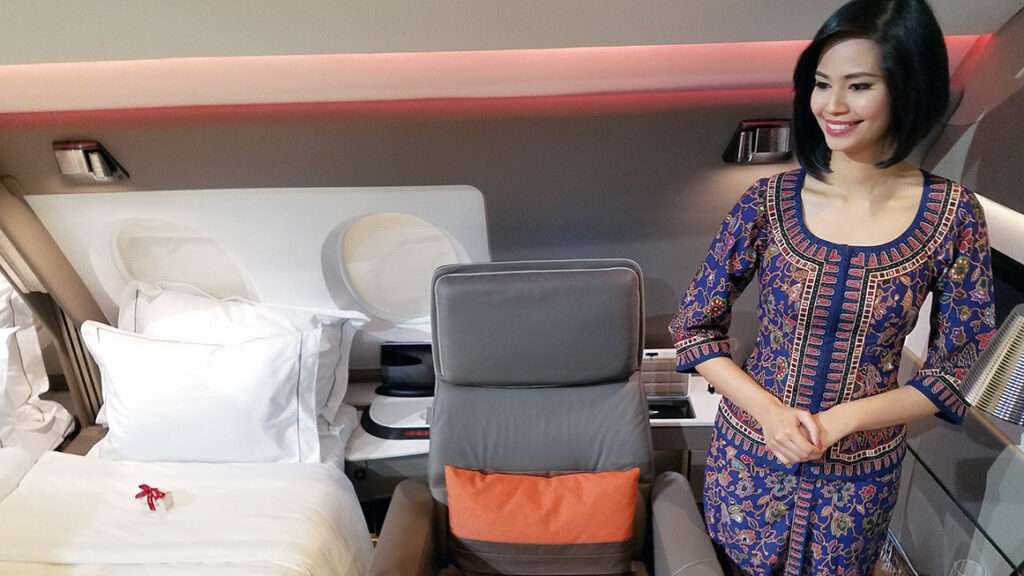
Airlines wanted to compete for business but weren’t allowed to on the basis of price. That’s why service and food became so robust onboard. At one Civil Aeronautics Board hearing, there was discussion over the potential need to regulate the thickness of airline sandwiches, because that was one way airlines competed for passenger business.
Newly permitted to entice customers by the Airline Deregulation Act, airlines needed to figure out how to create brand loyalty for what is essentially a commodity product: a seat that transports people between two cities. The frequency program was intended to get customers to stick with an airline even when their schedule might be a little less convenient or their price a little bit higher.
Now we have a private currency—like bitcoin!—but even more anarchist in that there’s code but it doesn’t serve as law.
Airline miles are issued by private companies. They can be redeemed for flights, upgrades, car rentals, hotels, merchandise, and more. Miles can be earned not just for travel with the airline, but also for online shopping, gas station fill-ups, credit card spending, real estate transactions, and much else. Since consumers value the currency, airlines are able to sell it to third parties to reward their own customers. Thus, the larger airline frequent flyer programs have their own unregulated currencies that are useful not only within their own business but across businesses, albeit in a mostly closed and controlled ecosystem. They can cancel your miles if you sell them or if you use them in a way they forbid.
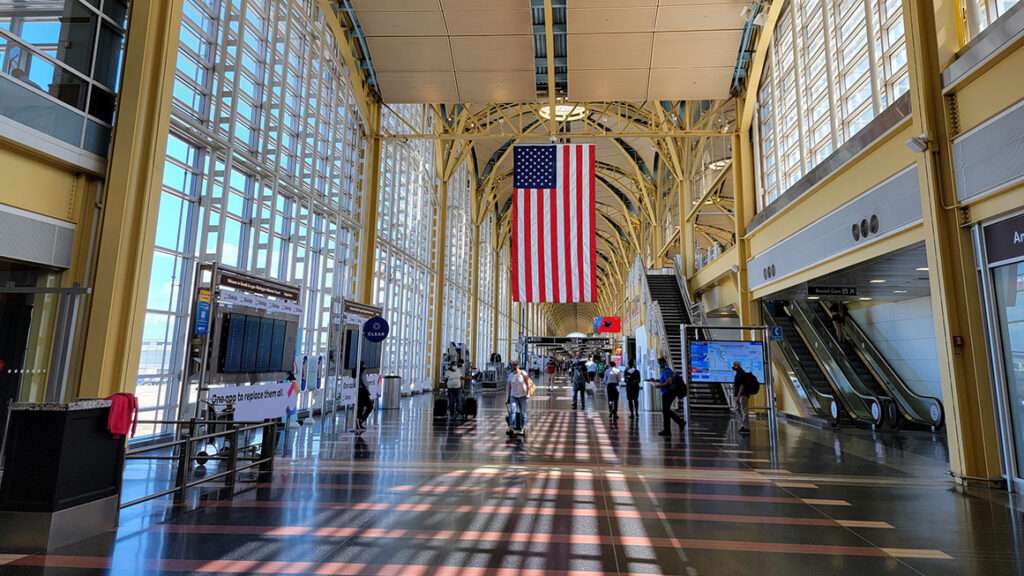
While some loyalty programs have devalued their points because the programs were set up too generously and nobody realized it before it was too late (the original IHG Hotels’ Priority Club is an example), mostly frequent flyer miles become consistently less valuable for much simpler monetarist reasons.
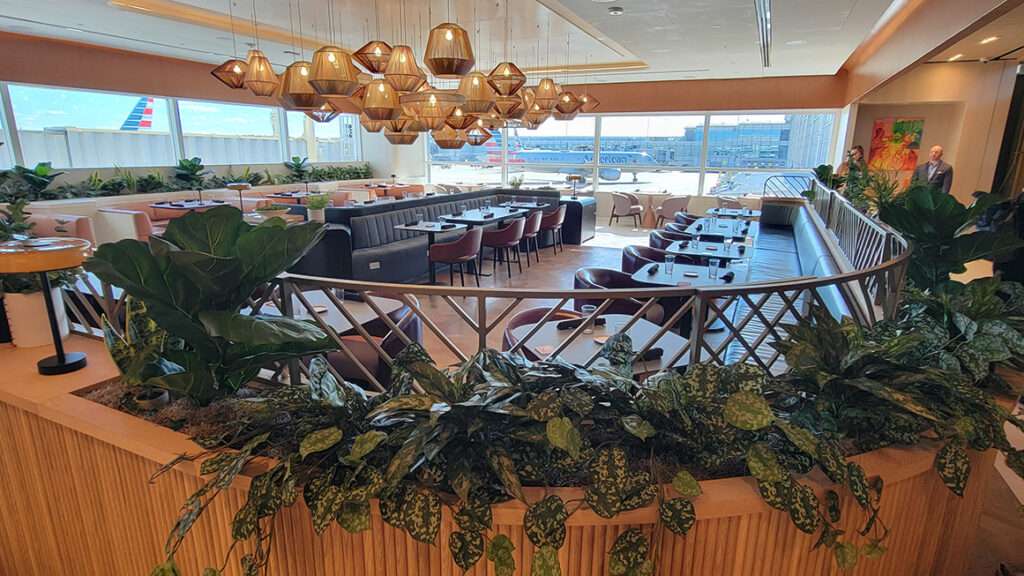
Taking the simplest formulation of mv=pq, where the number of miles and speed at which consumers want to redeem them has to equal the quantity of available seats times the redemption price. As when the Federal Reserve expands the money supply faster than the economy grows, you get airline loyalty price inflation—it’s either that or shortages, where the airline just has to tell customers “no” when they want to redeem their miles.
Sen. Dick Durbin (D–Ill.) has been going after frequent flyer programs. If he can delegitimize them, he’s got a better argument against opponents of his attempts to regulate credit card swipe fees if they respond “But my miles!” (A majority of frequent flyer miles are earned through airline co-brand credit cards.)
Durbin, along with Sen. Roger Marshall (R–Kan.), seeks to limit the amount that merchant processing networks such as Visa and Mastercard charge to retail businesses. Rather than imposing a direct price cap, their current Credit Card Competition Act would require banks to offer merchants a choice between at least two unaffiliated networks when processing credit card transactions. This means a Visa-branded card issued by a bank could no longer exclusively route transactions through Visa’s network alone; it would have to provide at least one alternative network to process the payment.
Banks pay airlines for miles, and they rebate a portion (sometimes all) of the credit card swipe fees to consumers to encourage transactions on their product. That helps them generate charge volume and attract consumer lending. Customers who pay their bill in full each month come out the best: They get the rebate without giving the bank interest on revolving balances. Lower card swipe fees mean less valuable rewards.
Durbin wants to redistribute money from banks and consumers to retailers, and consumers don’t want to give up their miles. So, Durbin wants to say that those miles aren’t actually such a great deal for consumers after all. His efforts culminated, near the end of Joe Biden’s presidency, in a regulatory probe into the inner workings of loyalty programs. It’s not clear yet where that effort will go under President Donald Trump.
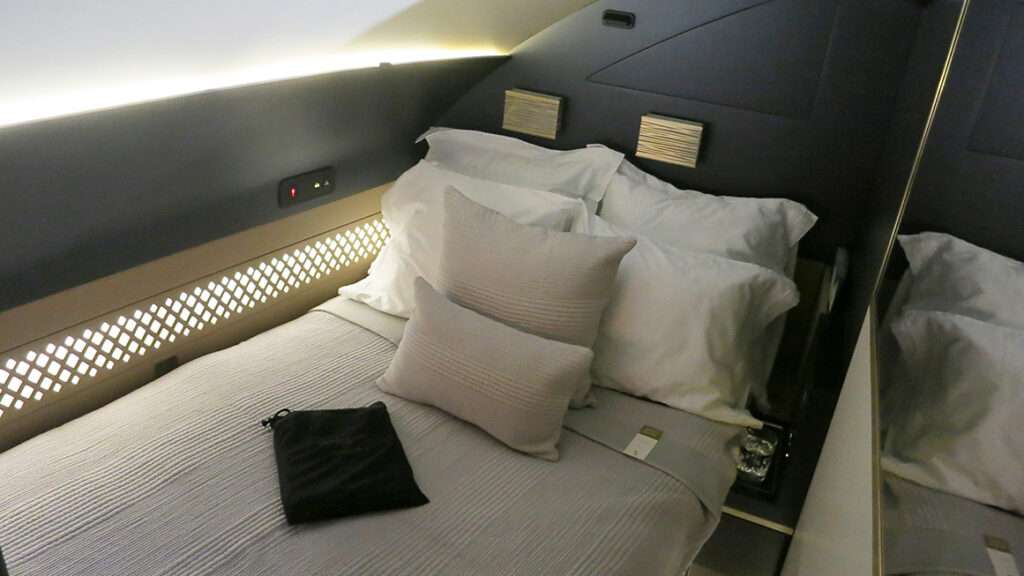
Loyalty programs have made themselves an easy target. Ever since the introduction of the first airline mileage–earning credit card, the Continental OnePass TravelBank MasterCard from Marine Midland Bank, we’ve had too many miles chasing too few seats and airlines consistently devaluing those already-earned miles.
Today, credit cards are a big business for the airlines. In 2024, Delta Air Lines reported $7.4 billion in revenue from its partnership with American Express. United and American Airlines have programs that are almost as lucrative. And while the comparison isn’t exactly apples to apples, those three have reported margins on the revenue of anywhere from 39 percent to 53 percent. Selling miles to banks has represented the entire profit at American Airlines, suggesting that they otherwise lose money moving passengers from one place to another on their planes.
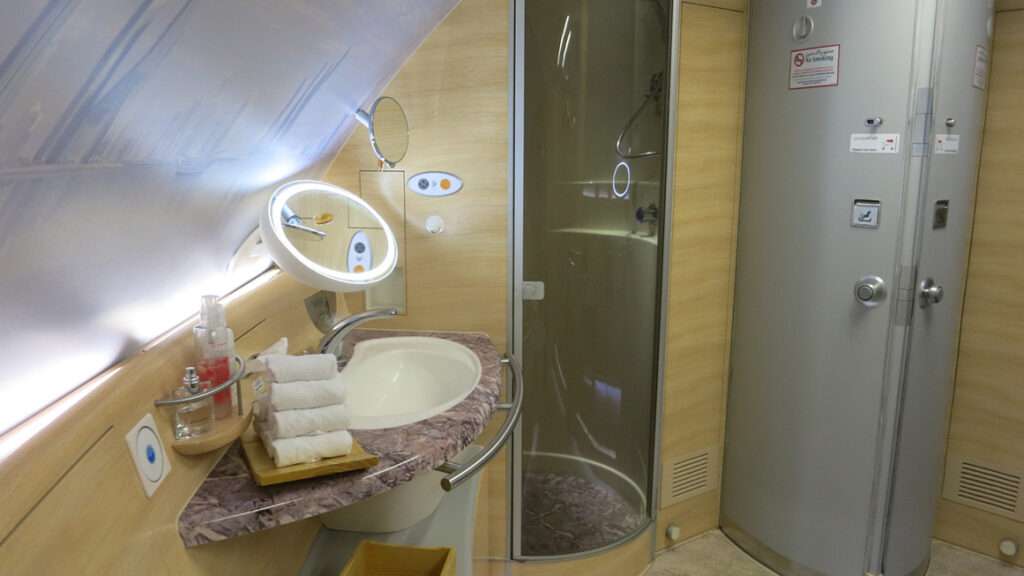
When those three largest U.S. airlines each raised between $6.5 billion and $10 billion against the future revenue streams of their frequent flyer programs during the pandemic (borrowing against the money they’d get selling miles to banks), the securitization documents made the point that investors could be confident in getting their loaned U.S. dollars back since they could always devalue the loyalty currency. Transaction revenue gets earmarked for servicing the notes prior to any other use, the bulk of revenue must be directed to debt service prior to any other use, and no covenant protects members or their miles. Airlines, and their debt-holders, control the printing press and the redemptions.
Delta once ran a Super Bowl ad saying its miles would never expire. The company then started expiring its miles. It later reversed this decision, declaring this was the “right thing to do,” but it didn’t reimburse customers whose miles they had taken away in years prior to this change.
Programs frequently change their rules and don’t even tell customers they’ve done so. Members are expected to keep up with dense rules on a program’s website, and many airlines don’t provide a summary of what’s changing. Fortunately, there are third-party tools that can track website changes. But when that’s what’s expected of customers, it’s no wonder that consumers get frustrated.
When the Airline Deregulation Act allowed airlines to set their own schedules and prices, it also told the states that they couldn’t have their own regulations in this area. Unfortunately, the Supreme Court decided in Northwest v. Ginsberg that this meant consumers can’t sue over frequent flyer programs using common law claims such as duty of good faith and fair dealing, reasoning that such common law principles amounted to state regulation. As a result, frequent flyer programs are largely shielded from consumer lawsuits unless airlines actually violate the terms of their stated program rules.
The only other avenue of redress left was the Department of Transportation, whose inspector general concluded during the Obama administration that complaints about frequent flyer programs have generally been ignored.
The volume of air travel has grown markedly, and airline tickets have become much more affordable, as a consequence of deregulation. Yet airlines have had to figure out how to compete with each other when the scope of allowable differentiation in the travel experience is limited.
Airports are usually owned by governments in the United States. Security screening is mostly performed by government employees. The features onboard an aircraft, everything from seats to lavatories, are submitted to the government for approval. Airlines can’t put doors on business class beds without federal permission. And from the moment a plane pushes back from the gate to the moment it arrives at its destination, it’s being told exactly where to go and at what speed by government air traffic controllers.
So airlines, newly allowed to compete with each other nearly five decades ago, figured out how to turn what once seemed like a commodity product into one that consumers saw as differentiated using frequent flyer miles—and a marketing engine unlike that in almost any other industry. Marketing is usually a cost center, but airline miles are a huge profit center, with self-reported margins that can exceed 50 percent.
Airlines would have to spend on marketing anyway. This way, they do it mostly by rebating value to the customer—and in a way where customers get something (travel) that they value more than it costs the provider to offer (especially since companies are frequently offering seats that would have gone unsold).
That’s great for the consumer, and it’s even better for the informed one who hunts for excess capacity that an airline is going to make available using miles. The best deals are frequently long-haul business and first class redemptions that you’ll find using your preferred airline’s partners around the world, who have the seats and make them available at the lowest prices.
And so a young child who never thinks it possible that he could see the world, let alone do so in comfort, can expand his horizons, meet more people, try new foods, and bring back a richer understanding of the world beyond what Ted Kennedy, Stephen Breyer, and the other architects of airline deregulation had ever contemplated.
This article originally appeared in print under the headline “The Rise—and Demise?—of Frequent Flyer Miles.”
reason.com (Article Sourced Website)
#airline #miles #turned #multibillion #dollar #currency
